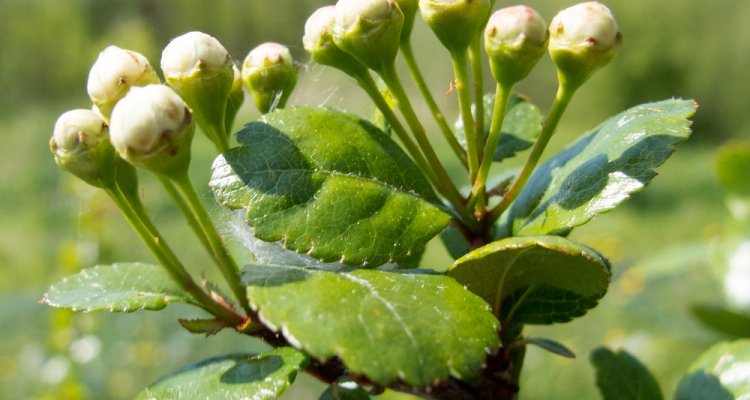
Genebank for indigenous trees and shrubs
The genetic diversity of trees and shrubs forms the basis for sustainable forestry and nature management. It impacts wood production and plays an important role in resistance to pests and diseases, and the adaptation to climate change.
This is why it is crucial that genetic resources of trees and shrubs are conserved, maintained and used in a sustainable way. It is estimated that less than 5 per cent of the original Dutch vegetation remains. Autochthonous gene material is essential for the quality of ecosystems.
Searching and requesting material
Staatsbosbeheer, the Dutch government organisation for forestry and nature reserves, manages the genebank for indigenous trees and shrubs and is responsible for issuing seeds and cuttings. The Centre for Genetic Resources, the Netherlands (CGN) advises Staatsbosbeheer and provides the genebank with scientific support.
The field collection
The genebank comprises a field collection that was built-up in the Roggebotzand forest area in the Flevopolder since 2002 and is managed by Staatsbosbeheer. The field collection features over 50 indigenous species of trees and shrubs and 4790 accessions that originally grew in the Netherlands and of which the indigenous gene resources are at risk. The genebank brings the accessions together in large populations from which seed can be harvested. As well as conserving diversity, the genebank also facilitates use by providing seeds and plant material for new nature.
Among others, the genebank includes hawthorn, white elm, black poplar, small-leaved lime and gooseberry.